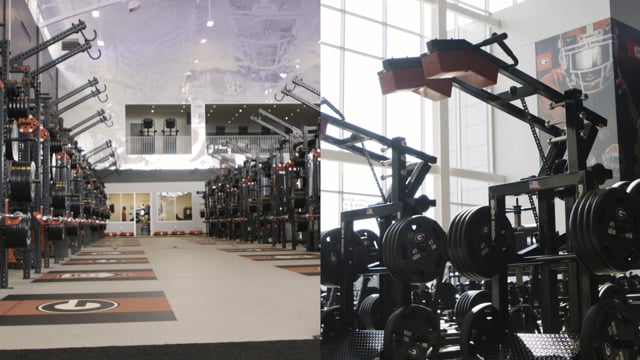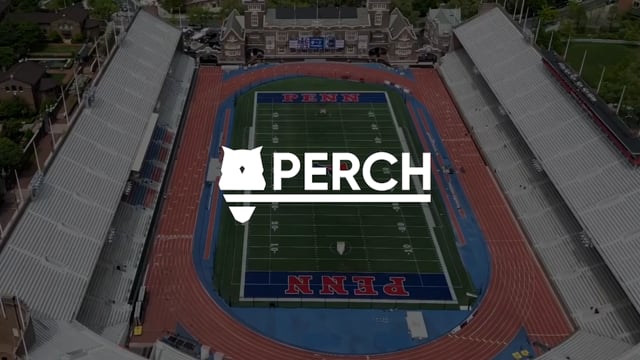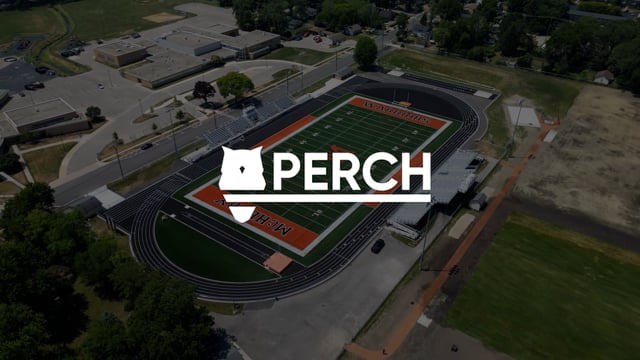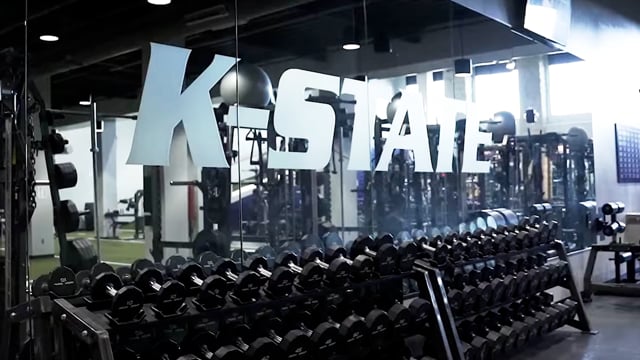How to Set Up a Data-Driven Strength Program with Limited Resources

Introduction
Running a strength program with a tight budget is a common challenge for high school and small-college coaches. Limited funding, staff, and time can make it feel like you are constantly doing more with less. However, technology has come a long way in recent years. With the right strategy and tools, you can create a data-driven strength program that enhances performance, promotes athlete safety, and provides personalized training without breaking the bank.
This blog outlines how to build a tech-enabled strength training system that works within your budget. We will look at how to prioritize your resources, choose cost-effective tools, and use data efficiently to elevate your athletes’ development.
Step 1: Define Your Program Goals
Before adding technology or changing your system, take time to clearly define your goals. Ask yourself what problems you are trying to solve. Are you hoping to reduce injuries? Improve performance tracking? Create more accountability among athletes?
Some of the most common goals for strength programs include:
- Reducing soft tissue injuries
- Improving training efficiency and session structure
- Tracking athlete progress over time
- Individualizing training loads based on readiness
- Once you know your primary goals, you can start looking for tech solutions that align with those needs.
This focused approach prevents you from spending on tools you do not need or will not use.
Step 2: Prioritize Tech That Provides Real-Time Feedback
One of the best ways to stretch your budget is to invest in tools that offer live feedback during training sessions. Real-time data increases training intent and helps coaches make immediate decisions about load, rest, and form.
Velocity-based training (VBT) technology is one of the most cost-effective and impactful tools you can implement. Systems like Perch use a camera mounted on the rack to monitor bar speed and provide instant visual feedback on a tablet. Athletes know if they are hitting target zones, and coaches can monitor multiple racks simultaneously without needing more staff.
Real-time feedback allows you to:
- Auto-regulate training intensity
- Detect early signs of fatigue
- Track daily readiness
- Motivate athletes through competition and accountability
These benefits support athlete safety and performance while reducing your reliance on time-consuming data entry and analysis.
Step 3: Choose Scalable and Affordable Technology
Many programs assume that integrating tech means massive investment, but this is no longer the case. Companies like Perch have designed their products to be accessible for high schools and smaller programs.
When evaluating a tech tool, consider the following factors:
- Is it user-friendly for both coaches and athletes?
- Does it integrate with your current equipment and space?
- Can it store and organize data without requiring additional staff time?
- Will it scale if your program grows?
- Can it be funded through multiple sources, such as STEM initiatives or grants?
- Affordable options that check all these boxes can dramatically change your weight room without requiring a full renovation.
You may also consider starting with a single unit and using it on a rotating basis. For example, you can move one velocity-based training system between racks and assign a coach or athlete to record the data. Once your athletes and staff become comfortable with the system, you can expand gradually. Also consider choosing a tool that serves multiple functions, like VBT, jump testing, programming, analysis and more (like Perch).
Step 4: Use Data to Individualize Without Complexity
You do not need a data science degree to create individualized programs. With simple metrics like bar speed, total volume, and load trends, you can personalize training to match each athlete’s needs and readiness.
Here is how you can do it efficiently:
Track bar speed on key lifts like squat and bench press. Use these to establish each athlete’s velocity zones. Monitor how velocity changes across sets. If an athlete starts slowing down significantly, reduce the load or cut the session short. Use weekly average velocities to estimate fatigue and recovery. Athletes who show consistent drops may need extra rest or modified volume. Individualizing in this way does not mean writing a separate program for every athlete. It means adjusting on the fly based on objective data, which increases safety and effectiveness.
Step 5: Train Staff and Educate Athletes
Technology only works if everyone understands how and why to use it. Take time to train your staff and athletes so that they are confident interpreting the data and making decisions based on it.
With Perch, for example, coaches can see which athletes are in their target zones and which ones need adjustments. Over time, athletes begin to self-regulate by adjusting loads to stay in the right velocity range.
Education also boosts buy-in. When athletes understand that bar speed directly affects their performance, they become more motivated to train with intent. Explain to them what each metric means and how it impacts their outcomes.
For smaller programs, create simple charts or visuals to help reinforce key concepts. This might include posters with target velocity zones or a weekly leaderboard showing who maintained the most consistent speeds.
Step 6: Leverage Tech for Long-Term Planning
Beyond individual workouts, your tech can help shape your entire training calendar. By reviewing trends in your velocity and volume data, you can adjust periodization plans to fit the needs of your athletes in real time.
Use these insights to:
- Identify which training blocks are producing the best velocity and power outputs.
- Spot plateaus in performance and adjust exercise selection.
- Map readiness data against competition schedules to manage peak performance
- Keep a simple database of performance metrics by week or by phase
- Doing this kind of tracking does not require a complex system.
Even basic spreadsheet tracking can reveal patterns that lead to smarter planning. Perch also offers cloud-based dashboards to make this easier for coaches with limited admin time.
Step 7: Seek Outside Funding and Support
If budget is a major concern, there are creative ways to fund tech upgrades.
Partner with your school’s STEM department. Since Perch and other tools offer educational benefits in biomechanics, math, and engineering, they may qualify for funding beyond athletics.Apply for local or state grants that support physical education, academic integration, or technology upgrades. Many of these funds are underutilized in athletic departments.Reach out to alumni and booster clubs. Demonstrating how new tech improves athlete safety and academic learning outcomes makes a strong case for donations.Ask vendors about trial programs or discounts for educational institutions. You may be able to start small and expand later as results come in.Building a data-driven program is a long-term investment, and the initial costs can be justified by the impact on safety, development, and efficiency.
Conclusion
Setting up a data-driven strength program does not require an unlimited budget or a massive overhaul. With the right focus, you can build a system that empowers your athletes, improves safety, and increases training efficiency using affordable and scalable tools like Perch.
The most important step is getting started. Begin with one lift, one rack, or one metric. Educate your athletes. Monitor your trends. Let data become part of your coaching voice. As your program grows, so will your capacity to make informed, real-time decisions that support athlete development at every level.
Want to see how Perch can help you build a data-driven weight room on a budget? Contact us to learn more and schedule a demo.
Sources
- Weakley, J. J., Mann, B., Banyard, H. G., McLaren, S. J., Scott, T., Garcia-Ramos, A. (2021). Velocity-Based Training: From Theory to Application. Strength and Conditioning Journal.
- Banyard, H. G., Nosaka, K., Haff, G. G. (2017). Reliability and Validity of the Load Velocity Relationship to Predict 1RM. Journal of Strength and Conditioning Research.
- Orange, S. T., Metcalfe, J. W., Robinson, A., Applegarth, M. J., Liefeith, A. (2018). Effects of In-Season Velocity-Based Training on Strength and Power in Professional Rugby Players. Journal of Strength and Conditioning Research.
- Zourdos, M. C., Helms, E. R., Haun, C. T. (2016). Daily Undulating Periodization: Principles, Applications, and Implementation. Journal of Functional Morphology and Kinesiology.

Start Gathering Data With Perch Today!
Reach out to us to speak with a representative and get started using Perch in your facility.








































































.avif)

































